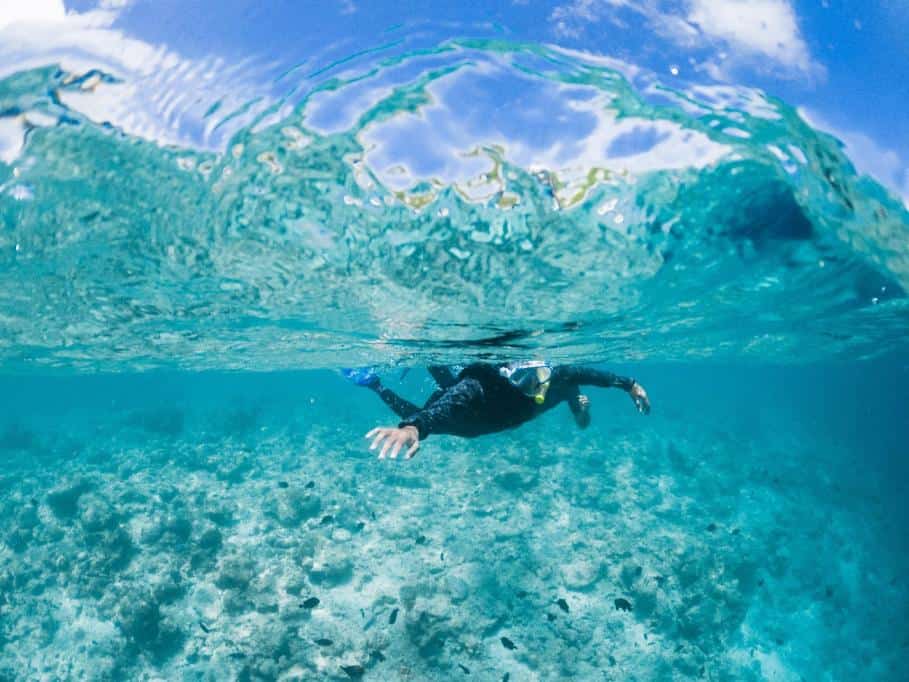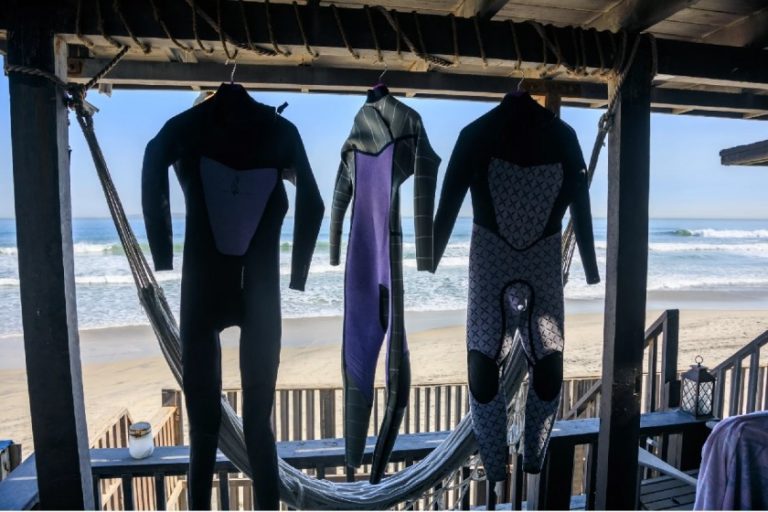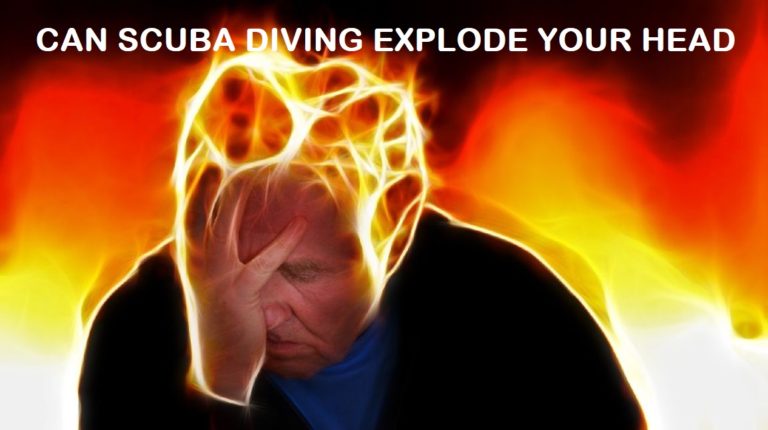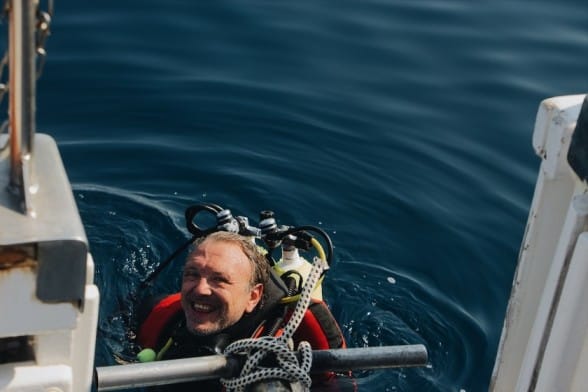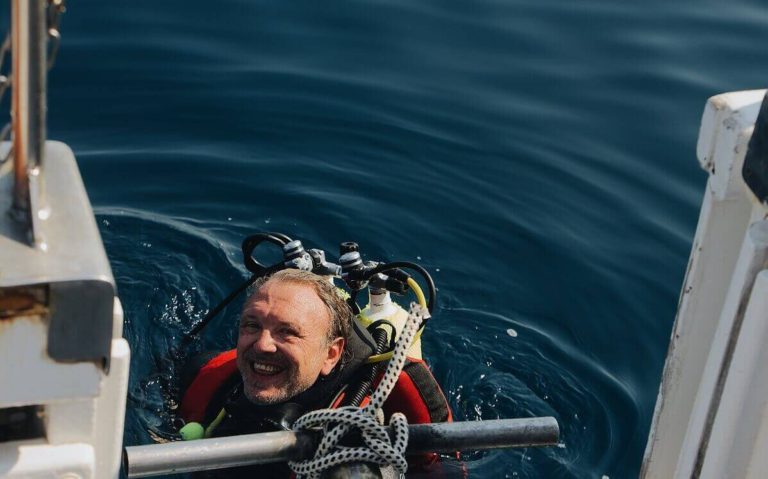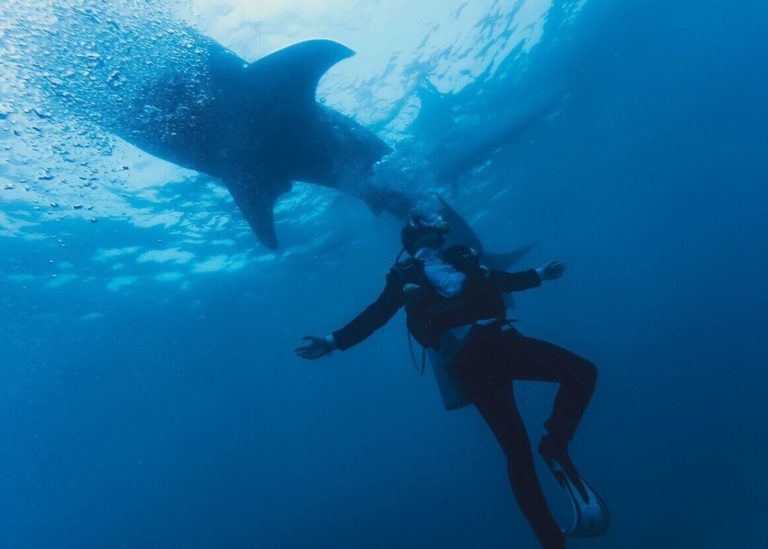Best Scuba Diving Spots in Mexico for Beginners
Mexico is a bucket list diving destination for many scuba divers of all levels. The country has beautiful coastlines, cenotes, and many dive spots all over Mexico. Everyone can enjoy scuba diving in Mexico regardless of their training level and experience. There are many wrecks, caves, and cenotes to explore not forgetting the beautiful and rich diversity of marine life. In this article, we’ll look into the best scuba diving spots in Mexico for beginners.
Scuba divers can enjoy diving on the Pacific Coast, the Gulf of Mexico, and the Caribbean Coast. Both coasts have a variety of dive sites to explore and different marine life to encounter throughout the year.
These cenotes mostly located inland are beautiful for exploration by everyone including swimmers, free divers, and scuba divers. The beautiful blue clear waters appeal to many tourists all over the world.
On the Pacific coast or the west coast the water is cooler, has more open waters to explore, and has a variety of marine life. You get to dive with whale sharks, dolphins, humpback whales, and mantas among many others.
On the other hand, the Gulf and Caribbean coast (east coast) have many wrecks and reefs to explore. Water on the east coast is warmer meaning you can go diving in a thin wetsuit or shorties. Since the water is calmer on this coast, it’s ideally most suitable for beginners in scuba diving.
The pacific coast is known to have strong currents and drops that may be too difficult for beginners to get out of. Beginners can however explore the shallow shores and avoid going far offshore to the caves, tunnels, and volcanic arches.
Both coasts have clear waters making the visibility great.
Let’s dive into the best dive spots in Mexico for beginners!
one fish two fish read fish blue fish.#Scuba #Cozumel #diving on the radar folks !!! pic.twitter.com/xk0SHRuPkQ
— Del Sol Photography (@delsolphoto) October 22, 2018
1. Cozumel
Mexico’s largest Caribbean island is easily accessible via Playa del Carmen and Cancun. Tourists and scuba divers can easily access and dive into the second largest coral reef in the world (the Great Mayan Reef).
The reef which stretches all the way to Honduras is a great place for scuba divers of all levels wishing to explore the reef and marine diversity.
The waters on this east coast are calm and crystal clear improving the diving experience. It’s also a great place for snorkelers and swimmers wishing to view more of the underwater world.
There are many more dive sites to explore in Cozumel both in the National Marine Park and in other different parts of the island. With over 45 diving spots every diver is most likely to enjoy scuba diving on the island.
Just to mention a few diving sites in Cozumel, including the Colombia wall, and Palancar reef. Since the water is very calm non-divers exploring the scuba diving world through Discover Scuba Diving training will enjoy diving in this area.
Some of the marine life divers can expect to encounter include; different reef fish species, sea turtles, sharks, leopard rays, barracudas, and of course beautiful corals among many others.
If you are a beginner diver with a passion for underwater photography or videography, Dive sites in Cozumel are great spots to horn your photography skills. The calm and clear water make it perfect for capturing those beautiful memories and colorful corals.
Seen any sponges around here? #turtle #scuba #diving #seaturtle #cozumel #scubadive #cozumelmexico #padi pic.twitter.com/HZq7oAhjgM
— Scuba Life Cozumel (@scubalifeczm) August 14, 2019
2. Cancun
Like many other diving destinations in Mexico, Cancun has dive spots ideal for all levels from beginners to advanced divers.
To access the best dive spots for beginners, you’ll need to travel further north along Rivera Maya at the Yucatan Peninsula tip.
Some of the best dive spots here include the Manchones Reef and the Rivera Maya cenotes. The underwater museum (MUSA) is great for beginner exploration with a variety of collections to marvel at.
However deep cave diving at the cenotes should only be done once the diver has proper cave diving skills and/or with a qualified diving instructor.
The water is warm with good visibility and very calm. Some marine life to anticipate when diving in this area include; turtles, dolphins, nurse sharks, and various species of fish.
This is the cycle of life, the old converts a home to welcome the new.#SCUBA #diving a sunken boat in #Cancun pic.twitter.com/VaNPDPJrWF
— Del Sol Photography (@delsolphoto) September 3, 2018
READ MORE: Can You Scuba Dive Naked In Mexico?
3. Isla Guadalupe
Want to see some great white sharks? Then you need to be scuba diving in Isla Guadalupe about 150 miles off Baja Peninsula.
While it’s thrilling encountering a shark during a dive, the Great whites are known to be quite aggressive. For this reason, divers have to do cage diving to reduce the chances of attacks from these majestic animals.
Cave diving doesn’t require much application of diving skills since you are in a controlled environment making it suitable for beginners, non-divers, and all other divers in advanced levels.
The best-known dive site to get this great experience is Discovery Bay and the best time of the year to experience this is between August to October. During this season, the Great White Sharks come to mate, with the males arriving first followed by the female white sharks.
This is among the few locations across the world where divers get to experience the great white sharks in their natural habitat.
Puerto Morales – Cancun
Nice dive shot from Mexico. Photographer unknown. #travel #cancun #mexico #scuba #diving #water #light pic.twitter.com/qYaXVEXJLc— Max Brown (@MaxBrown7) August 19, 2021
4. Cabo Pulmo
Located on the west coast Cabo Pulmo is an ideal dive spot for beginners. The national marine park has a wide variety of fish species and reef diversity and you can expect to come across a school of fish swimming by as you dive.
The oldest Reef in the Americas is named a UNESCO World Heritage site. Among the main species, you will see while diving at this site is the Californian sea lions both at the water surface and as you dive deeper.
The dive site is perfect for beginners due to the shallow water depths. It’s also ideal for snorkelers and swimmers.
#Scuba #diving 🤿 in #CaboPulmo in #BajaCalifornia #Mexico 🇲🇽 is great this time of year. The traditionally cold Pacific Ocean currents are warmer & the diversified sea life is vibrant. #SeaofCortez #GulfofCalifornia #Cabo #travel #saltlife #adventure #LosCabos #wanderlust pic.twitter.com/RGhqm1lRMW
— BrianWithoutBorders 🌐 (@BrianWOBorders) September 9, 2021
5. Espirito Santo
Another west coast dive spot is located northern the island of Espirito Santo. This is a great spot to see different reef fish including parrot fish, and angel fish, and also see beautiful brightly colored corals.
The water depth is shallow making it ideal for beginners and non-dives. It’s also a great spot for snorkels due to the shallow depth and clear waters.
Being on the west coast you can anticipate California sea lions as well in this dive spot.
6. Dos Ojos
Beginners wishing to go scuba diving in cenotes can check out this dive spot in northern Tulum. The cenotes are ideal for beginners as the depth is within the recommended diving limits for beginners and recreational divers.
With clear visibility and water scuba divers get to enjoy diving up to 30 ft. (10 m). It’s also ideal for free divers, snorkelers, and swimmers as well.
You will enjoy the natural architecture of the cenotes which look like “two eyes.” The Two Eyes cenotes connect via a cavern and are well lit during the day, so don’t worry about it getting dark in the cenotes.
Uno de los principales atractivos de #Mahahual es su cercanía con el #BancoChinchorro, un atolón coralino declarado reserva natural, y la segunda barrera de #arrecife más grande del mundo.
.
📸 @seutehamburgerdeern #mexico #bancochinchorro #diving #lovetodive #divelife pic.twitter.com/tr4UX5pOM6— Asiru Transfers (@AsiruTransfers) November 28, 2019
7. Mahahual and Banco Chinchorro
The town of Mahahual is popular for cruise ships making stopovers but don’t let this stop you. Scuba divers still enjoy diving in this location when the cruise ships are not in sight.
With over 50 dive spots in the location, divers have a wide variety to choose from and also get to experience different levels of scuba diving.
Beginners can enjoy diving within the reef where the water is calm with small to no currents. The water temperature is also warm most times of the year, except for temperatures ranging between 770F – 860F
Some of the marine lives you can anticipate include; puffer fish, nurse sharks, turtles, lobsters, eagle rays, parrot fish, brain corals, barrel sponges, and crocodiles among others.
Beginners can enjoy wall and reef diving while advanced divers can also enjoy wreck diving.
8. Cabo San Lucas
Located at the tip of Baja California Peninsula, this west coast dive destination is ideal for beginners.
One reason, I love Cabo San Lucas as a diving destination is that you get to witness so much in terms of marine life. Expect to see humpback whales, hammerhead sharks, seals, Mobula rays, dolphins, different species of fish and so much more.
In addition, the water is clear giving it good visibility all year long. The temperatures are relatively good not very cold but warmest in November.
Beginners and seasoned divers can enjoy diving in this location all year long and also marvel at the school of Mobula ray every now and then during the dives.
#WhatToDoInCabo – Cabo San Lucas bay – #earthscouts #scuba #diving #Cabo #travel #ontheroad #hiking #getoutside #na… pic.twitter.com/off02f4M6L
— Things to Do in Cabo (@ThingsToDoCabo) April 15, 2016

